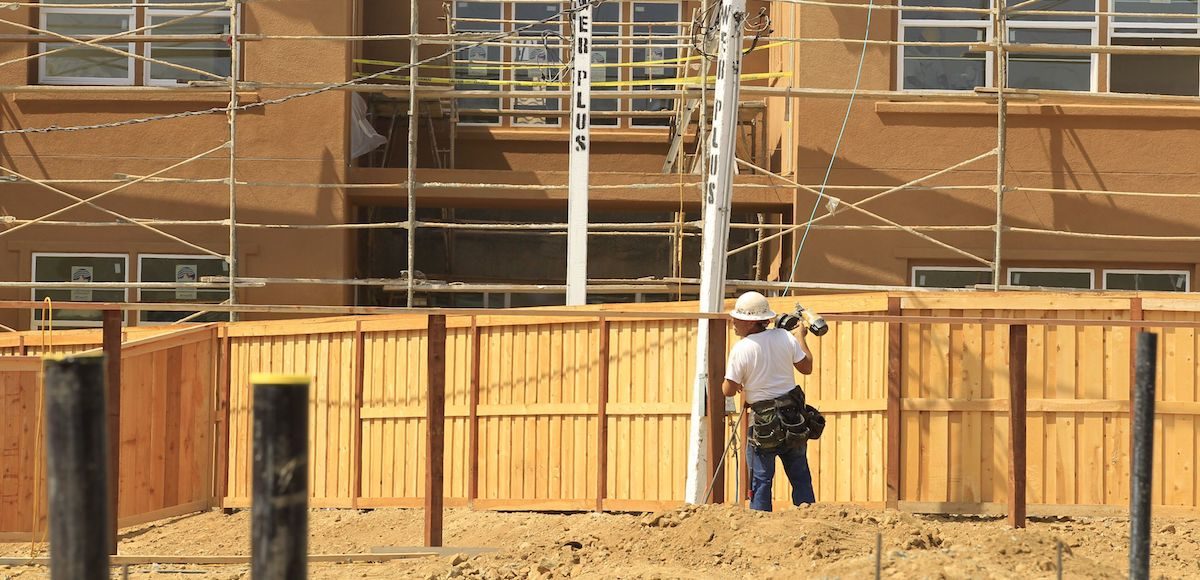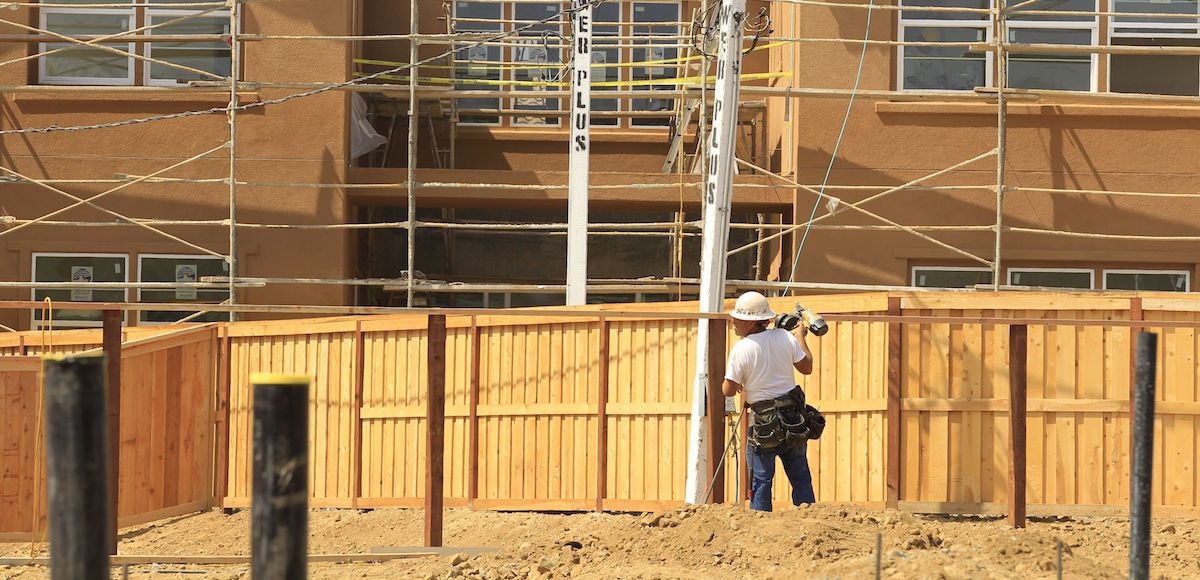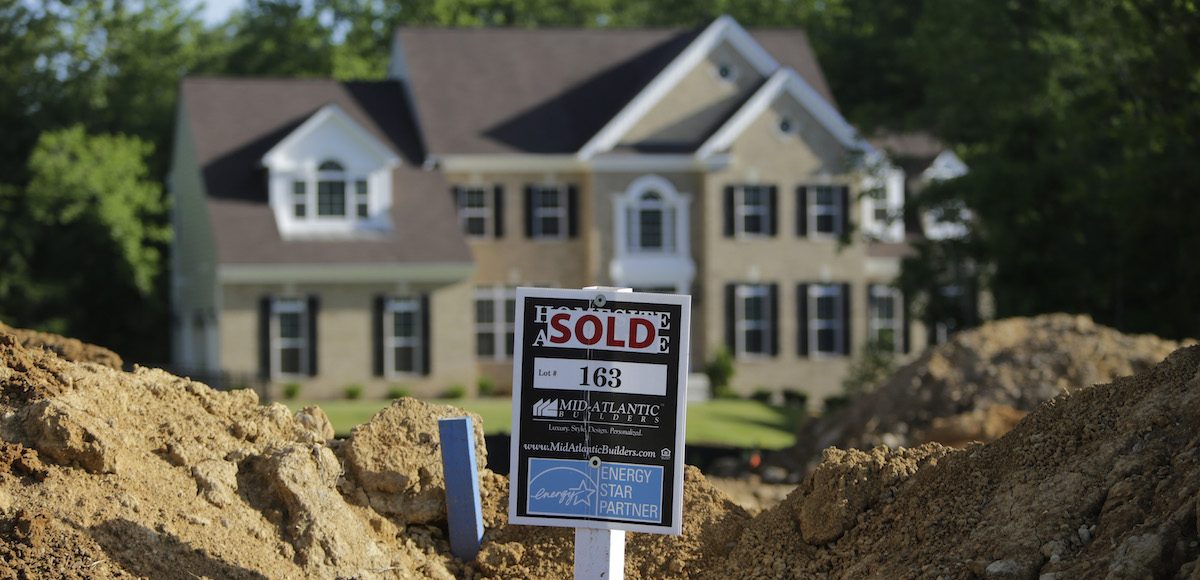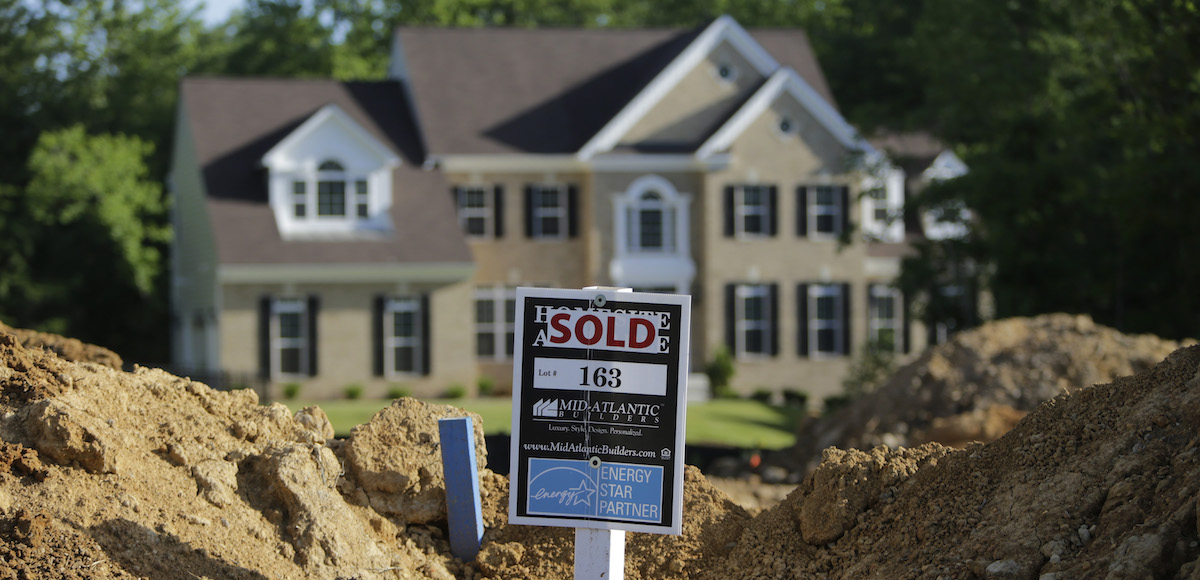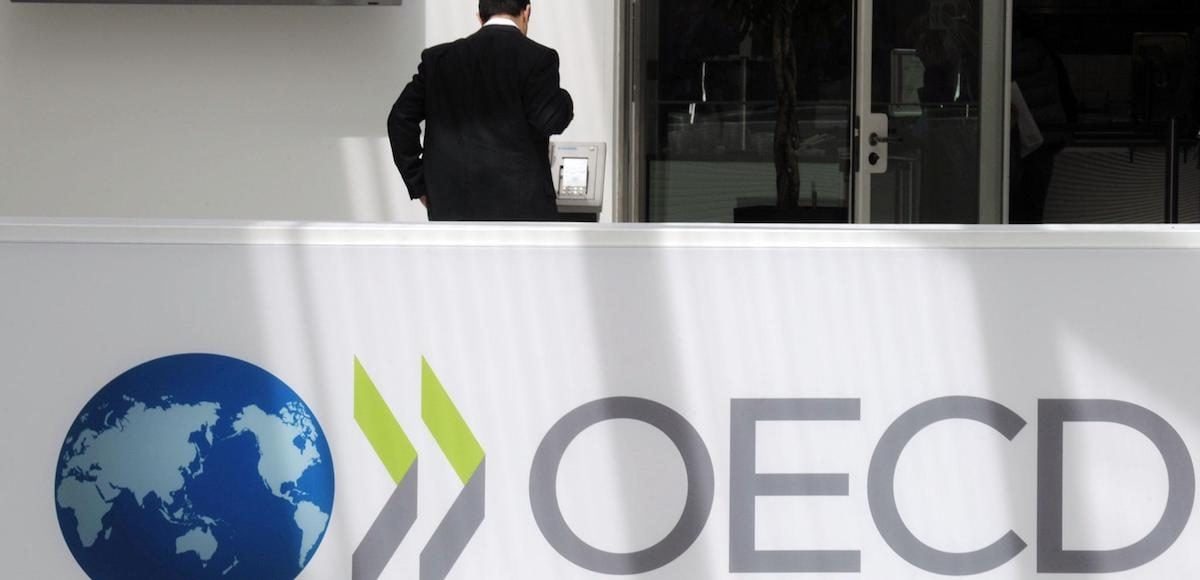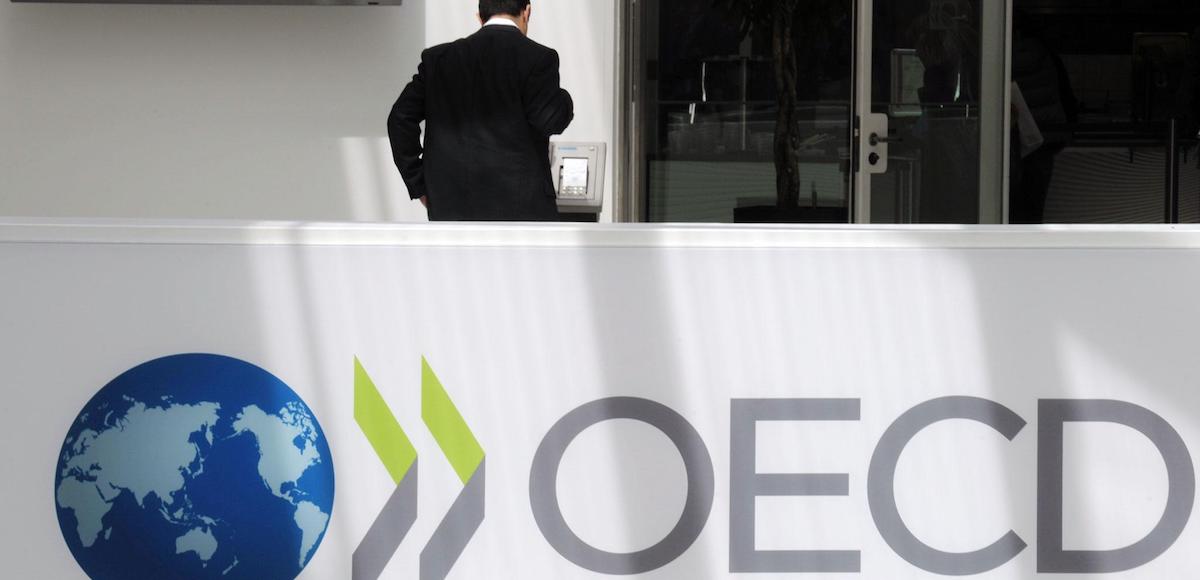DoJ Denaturalized Child Sex Abuser, 4 Somalis Who Gamed Diversity Immigrant Visa Program

U.S. Attorney General Jeff Sessions addresses the National Law Enforcement Conference on Human Exploitation in Atlanta, Georgia, U.S., June 6, 2017. (Photo: Reuters)
The Justice Department (DOJ) denaturalized a child sex abuser and 4 Somali nationals who gamed the Diversity Immigrant Visa (DV) Program.
Olugbenga Omopariola, 61, engaged in sexual contact with a 7-year-old minor, which he admitted and was later convicted of, making him ineligible for applying for U.S. citizenship. However, he concealed his legal history during the naturalization process.
The Omopariola case was referred to DOJ by U.S. Immigration and Customs Enforcement (ICE).
Fosia Abdi Adan, 51, conceded that she willfully misrepresented and omitted material facts to obtain U.S. citizenship, including the fraudulent nature of her relationship to individuals she claimed to be her children. The denaturalization of Adan marked the culmination of the government’s case against four individuals—a purported husband, wife, and two sons.
DOJ said all four individuals “unlawfully, knowingly, and fraudulently represented to immigration officials that they were a family in order to gain admission to the United States through the Diversity Immigrant Visa Program, which they later used to obtain U.S. citizenship.”
Judge Susan Richard Nelson of the U.S. District Court for the District of Minnesota entered orders revoking the naturalized U.S. citizenship of Adan’s purported husband, Ahmed Mohamed Warsame aka Jama Solob Kayre, 53, on February 27, 2018.
Her purported sons, Mustaf Abdi Adan aka Mohamed Jama Solob, 33, and Faysal Jama Mire aka Mobarak Jama Solob, 31, had their naturalization revoked by Judge Nelson on March 19, 2018.
President Donald Trump has repeatedly called for the U.S. Congress to “immediately terminate” the diversity visa lottery. Section 203(c) of the Immigration and Nationality Act (INA) to provide “a limited number” of visas for a class of immigrants known as “diversity immigrants.”
“The current immigration system is too often abused by fraudsters and nefarious actors. These cases are prime examples of the unfortunate fraud that is all too common within our immigration system,” said Attorney General Jeff Sessions. “The Department will continue to investigate and prosecute others who conceal their heinous crimes, and those who seek to rely on fraudulent relationships to become naturalized United States citizens.”
Diversity visas are allegedly issued to those who come from countries with historically low rates of immigration to the U.S., regardless of risk to national security. They are distributed among 6 geographic regions as a lottery, and registration costs are non-existent.
However, the system is easy to game.
“The integrity of our consular processes is a core element of U.S. national security,” said Assistant Secretary of State for Consular Affairs Carl Risch. “The Department of State works closely with the Justice Department efforts to detect, deter, and combat fraud related to U.S. travel documents.”
“These denaturalizations demonstrate the value of this important interagency collaboration; a partnership that allows us to facilitate travel by qualified individuals in the context of ensuring a strong and secure U.S. border.”
As People’s Pundit Daily (PPD) was first to report, Sayfullo Saipov, the 29-year-old Uzbekistan national who killed 8 and injured at least 11 others during a terror attack near the World Trade Center in October 2017, came to the U.S. under the program.
The Justice Department (DOJ) denaturalized a child





